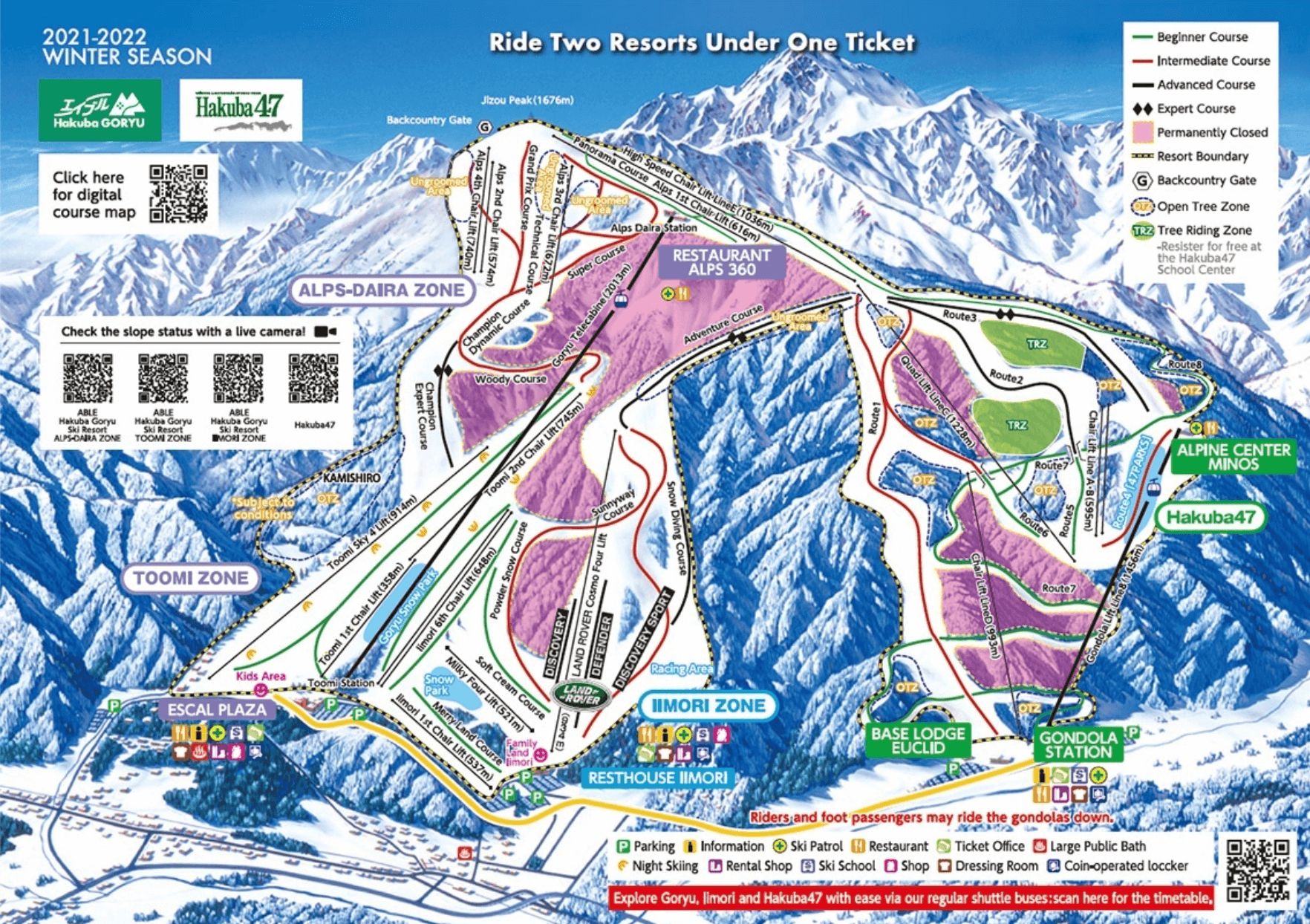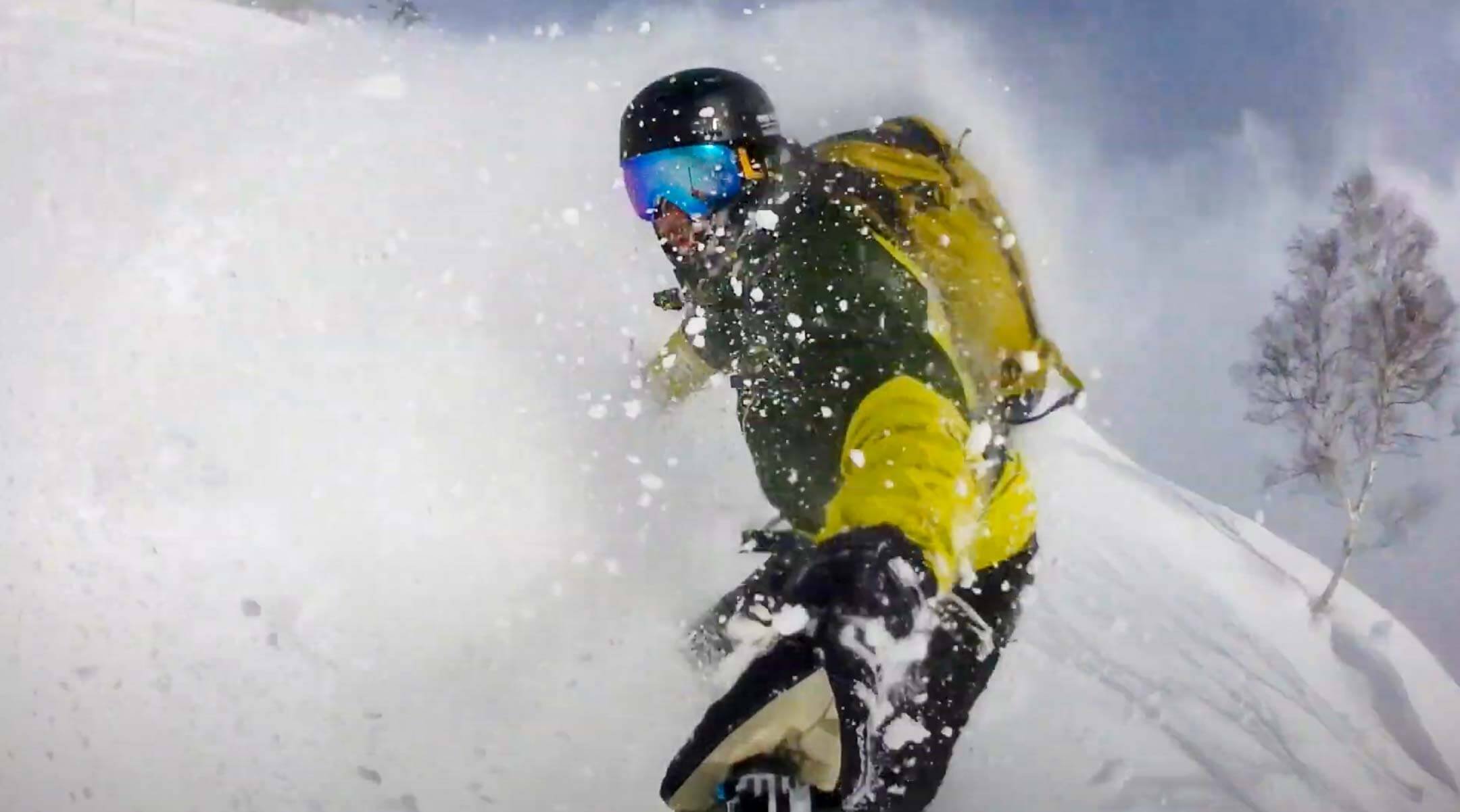HAKUBA 47
Hakuba 47 ski resort is a year-round resort that offers skiing and snowboarding during the winter and mountain biking during the summer months. Hakuba 47 is one of the few linked ski areas in the Hakuba Valley and you can ride via chairlift between Hakuba 47 and the nearby Hakuba Goryu ski resort. Hakuba 47 offers more advanced terrain than its neighbour with some steep runs but most impressive is its well-maintained terrain park.
HAKUBA 47 SKI RESORT FIRST IMPRESSIONS
Snowboarding between Hakuba 47 and Hakuba Goryu is a nice change of pace. Normally in the Hakuba Valley, you will need to take shuttle buses to ride between the resorts, but not here. Linked via shared runs and lifts, it is possible to ski both of these resorts in one day. The Hakuba 47 side of the ski resort has a beautiful red run that runs from the top of Quad Chair C, back to the base of the gondola. From the gondola, you can see why Hakuba 47 is so popular with freestyle skiers and snowboarders. The terrain park here has a small half pipe as well as a large, medium and small line of jumps and features.
HAKUBA 47 SKI AREA
Japanese ski resorts are not known for having lots of skiable terrain but when considering Hakuba 47 without its neighbour you are left with 8 trails and a half-pipe. The skiable terrain at Hakuba 47 increases when you consider the interconnected trails shared with Hakuba Goryu. The terrain at Hakuba 47 will appeal to intermediates and experts more than beginners. Beginners should consider the runs near the base of Goryu ski resort which has mellow beginner-friendly pistes.
The main draw to Hakuba 47 is the terrain park. Located next to the top station of the Hakuba 47 gondola, the terrain park is serviced by its own chairlift. The terrain park is probably the best in the Hakuba Valley with three distinct lines of features that have something for all abilities.
The features were incredibly well maintained and there was a clear progression of ride-on boxes to larger rail features. As with most terrain parks the kickers are placed adjacent to the chair lift so you can watch in awe as you plan your next lap from the chair.
The jewel in the crown for Hakuba 47 is the half pipe which was one of two that I came across in Hakuba (the other at Norikura). The half-pipe is at the top of the park and leads down into some more mellow features. This area of the resort can become busy during peak days so be prepared to queue to get your park laps in.
Away from the terrain park, Hakuba 47 has some fantastic tree skiing. To ski in the trees at Hakuba 47, you must visit the ski school to sign a waiver and collect a bib which must be worn whilst in the tree skiing zones. This is so that it is visible to ski patrol that you have taken the course and are permitted into the area. This seems overkill to me but at least the zone is open and available should you wish to partake. Entry into these zones without completing this process can result in having your ski pass confiscated.
There are further tree zones at Hakuba 47 and neighbouring Goryu that are strictly prohibited. These zones have an avalanche history so go at your own risk. If you ride in these zones you will lose your lift pass if caught by ski patrol but that could be the least of your worries.
The longest run at Hakuba 47 is 6.4km allowing skiers and snowboarders to make use of the 794m of vertical drop. The snow quality at Hakuba 47 is exceptionally good with regular dumps of Japow amounting to around 12m per season!
BEGINNERS TERRAIN HAKUBA 47
Hakuba 47 ski resort is not the best choice for beginners heading to the Hakuba Valley. The limited green terrain on offer means that beginners may find the runs at Hakuba 47 repetitive. The highlight for beginners at Hakuba 47 is the long winding green run from the top of the gondola back to the base area.
INTERMEDIATES TERRAIN HAKUBA 47
The stand-out run for intermediates at Hakuba 47 is the long red run down to the base area. This run is great and offers the chance to open up your turns and get some speed. Sadly, once you have skied it a few times it is no longer that exciting. That is why Hakuba 47 being linked to Goryu is great. This allows skiers and snowboarders to mix up their run choices a bit more throughout the day.
Intermediates looking to get into freestyle will appreciate the terrain park at Hakuba 47. The terrain park offers plenty of opportunity for progression with well-laid-out lines of features.
ADVANCED TERRAIN HAKUBA 47
Advanced skiers and snowboarders will appreciate the Adventure Course at Hakuba 47. This course heads back towards Hakuba Goryu ski resort and consists of some rather large moguls. If bumps are not your thing then consider getting a bib from the ski school and head into the trees. Like with most of the Hakuba Valley, the trees at Hakuba 47 are well spaced and the masses of snowfall doesn't hurt the fun factor.
TREE SKIING HAKUBA 47
The attitudes to off-piste skiing and snowboarding vary depending on which country you are riding in. If unsure you can check this post on where the boundary lies depending on the country. In Hakuba 47, they are becoming more open-minded to the idea of tree-skiing and allowing entry into dedicated tree zones after you have attended a safety course. The safety course is similar to the one at Tsugaike Kogen ski resort and is known as the DBD or Double Black Diamond Club.
I am all for increasing knowledge and safety awareness, especially given the amount of snowfall and avalanche-prone terrain in the Hakuba Valley but here are a couple of thoughts. Once you have attended the safety course you are free to ride the tree areas but there is no requirement to wear a beacon or ski with a buddy. These two steps are essential in dangerous terrain as I am not sure that the bib will save your life should you run into a problem.
HAKUBA 47 TREE RIDING ZONE (TRZ)
Below is a map of the dedicated TRZ or Hakuba 47 Tree Riding Zone. To enter the areas designated for member tree-riding you need to collect an armband (cost 200 yen).
To ride in the TRZ you must do meet the following requirements
Attend the TRZ safety Briefing and sign the waiver
Be older than 13 years old and taller than 150cm. (U18 must ride with parents)
Agree/be able to pay for rescue if required.
Wear the TRZ armband at all times when riding in the TRZ.
Hakuba 47 also has some open tree zones listed on the above TRZ map. Any purple open tree zone does not require TRZ.
HAKUBA 47/GORYU PISTE MAP
HAKUBA 47 LIFTS
Hakuba 47 has 5 lifts and a gondola which in my opinion were some of the quickest among the Hakuba Valley ski resorts. This meant that getting laps in was pretty quick unless riding the terrain park where crowds are prevalent and the lift is run slower. There is also a short magic carpet which runs in the kid’s park. There is a lodge at the base and at the top of the Gondola which has eateries and all the usual ski resort facilities.
Gallery
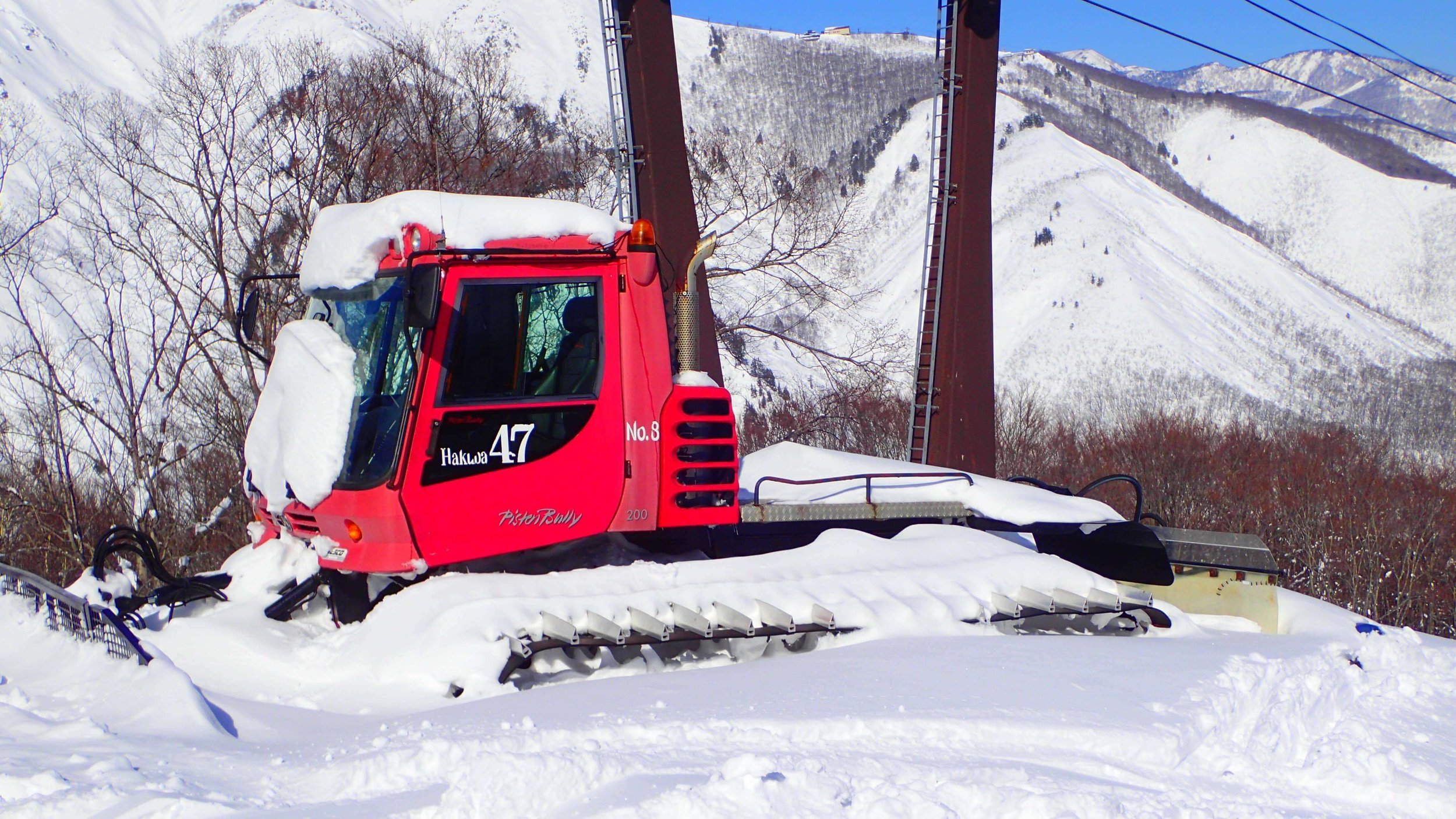

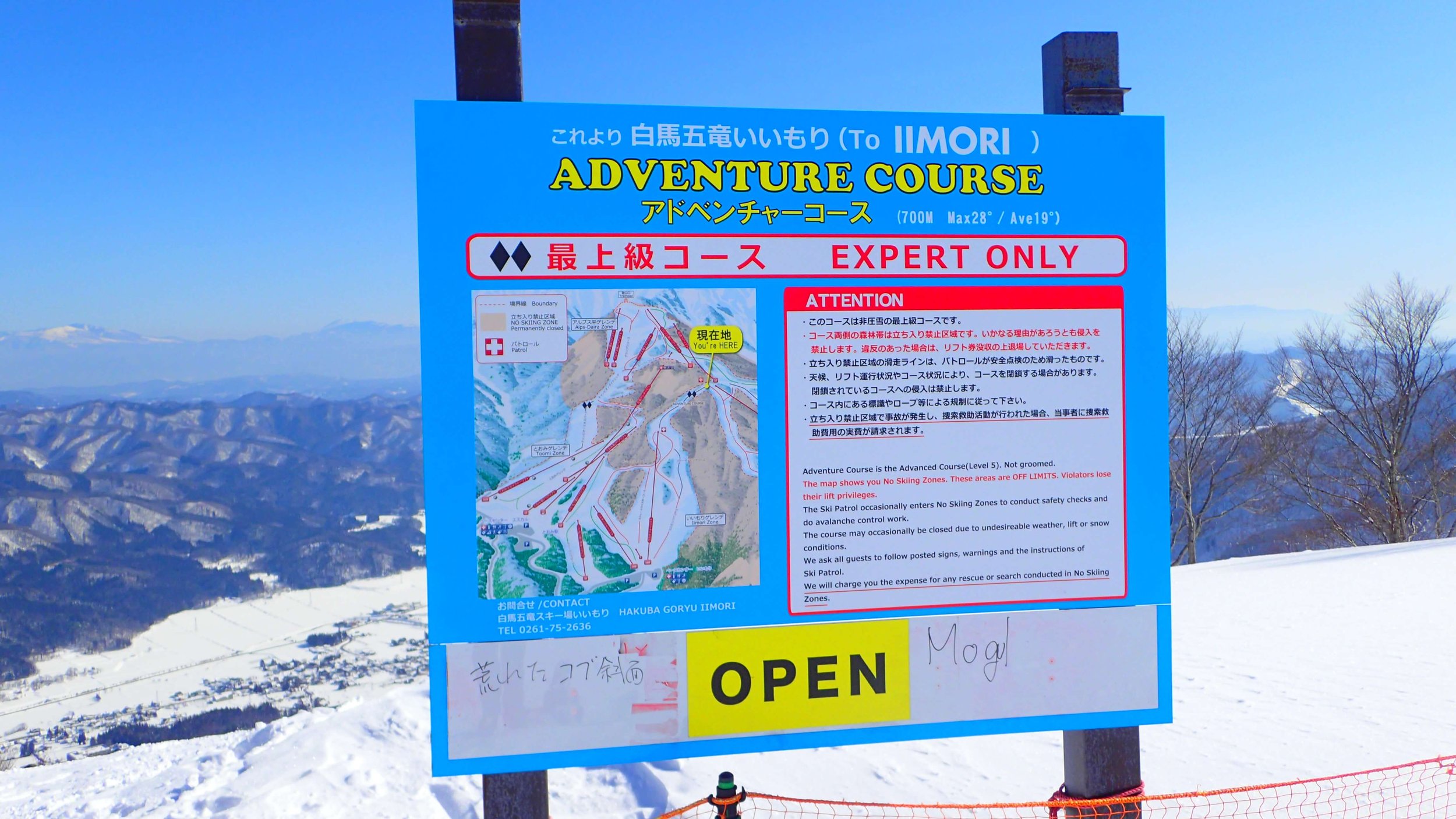
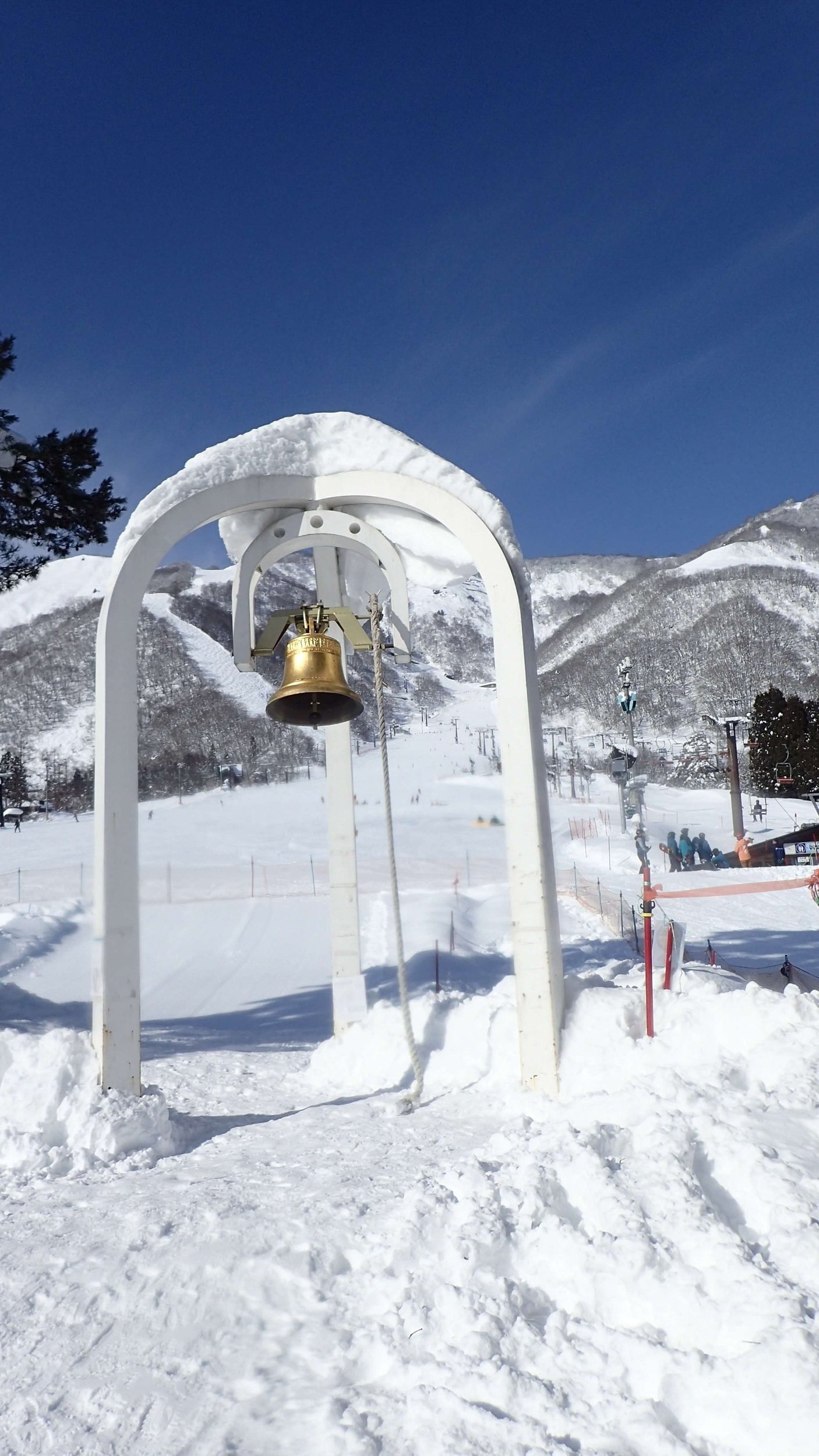
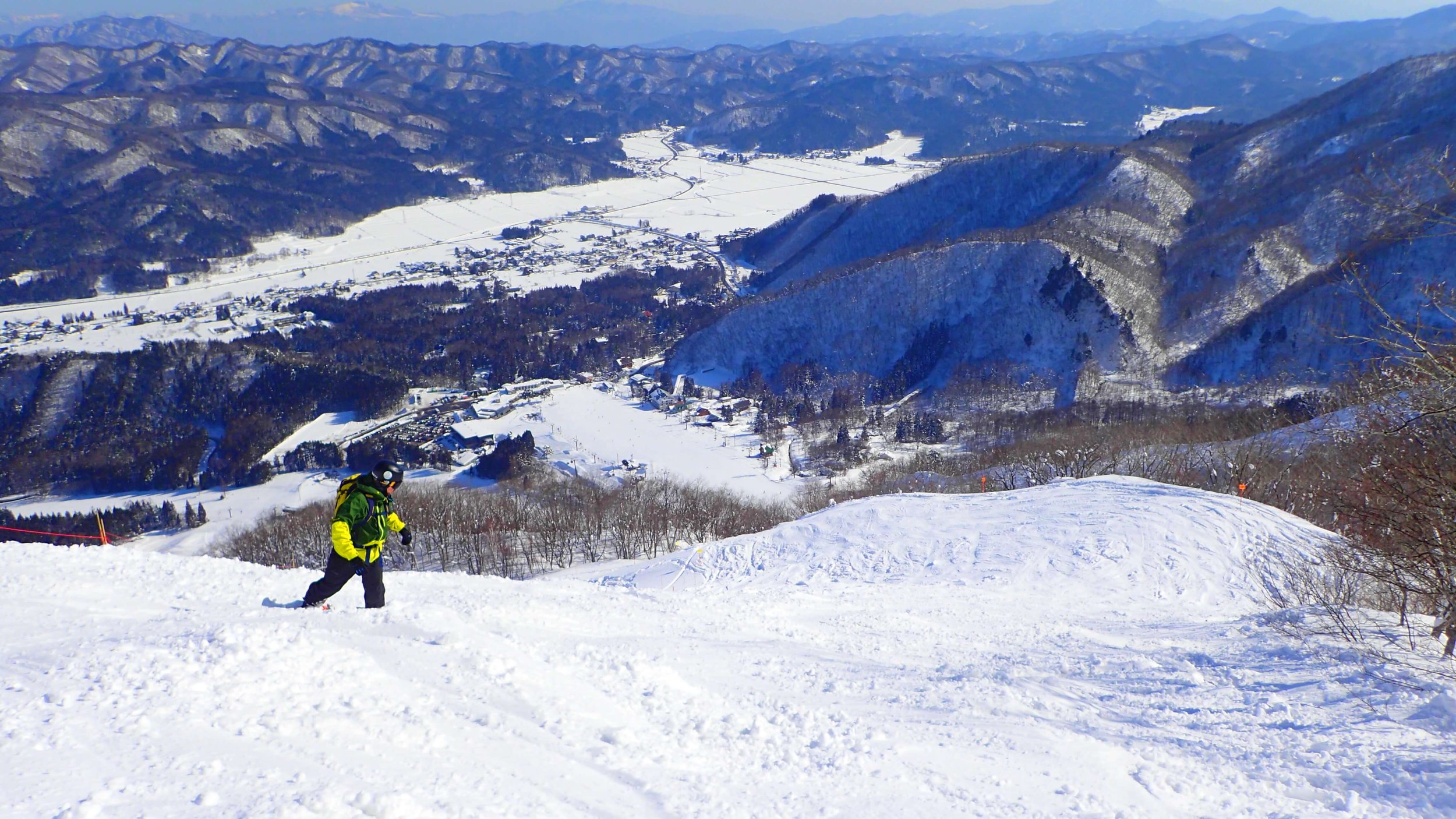
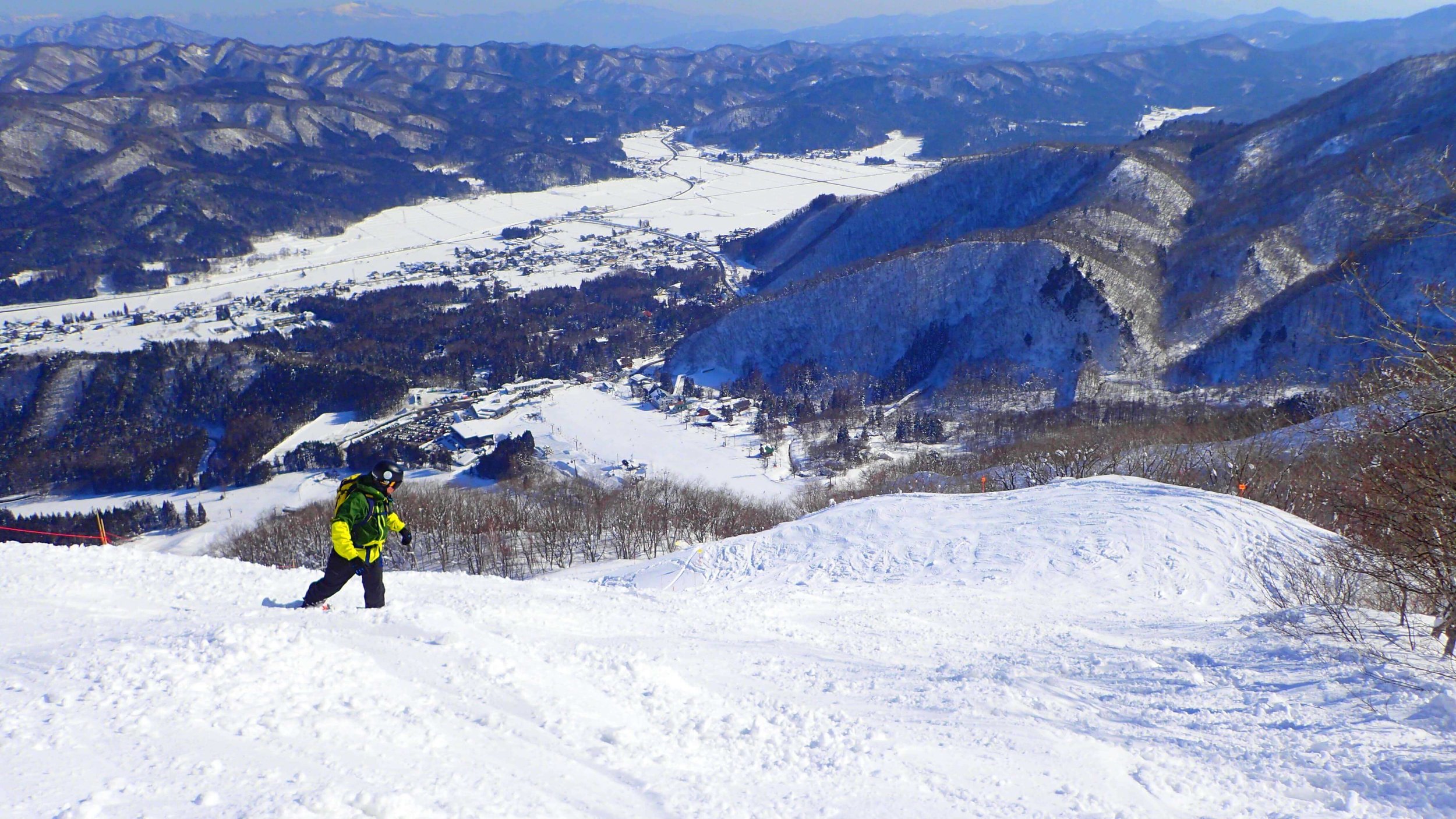
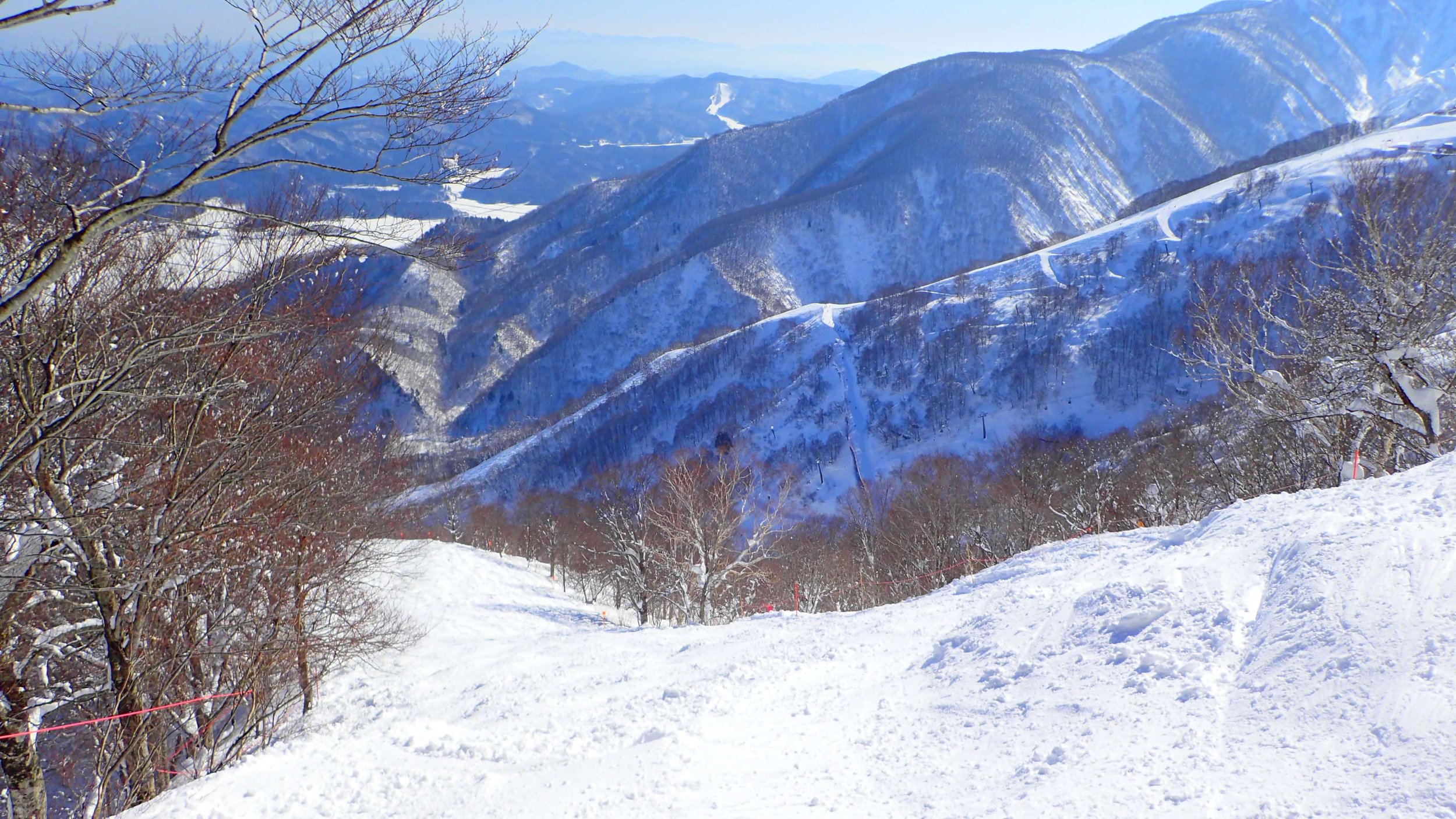
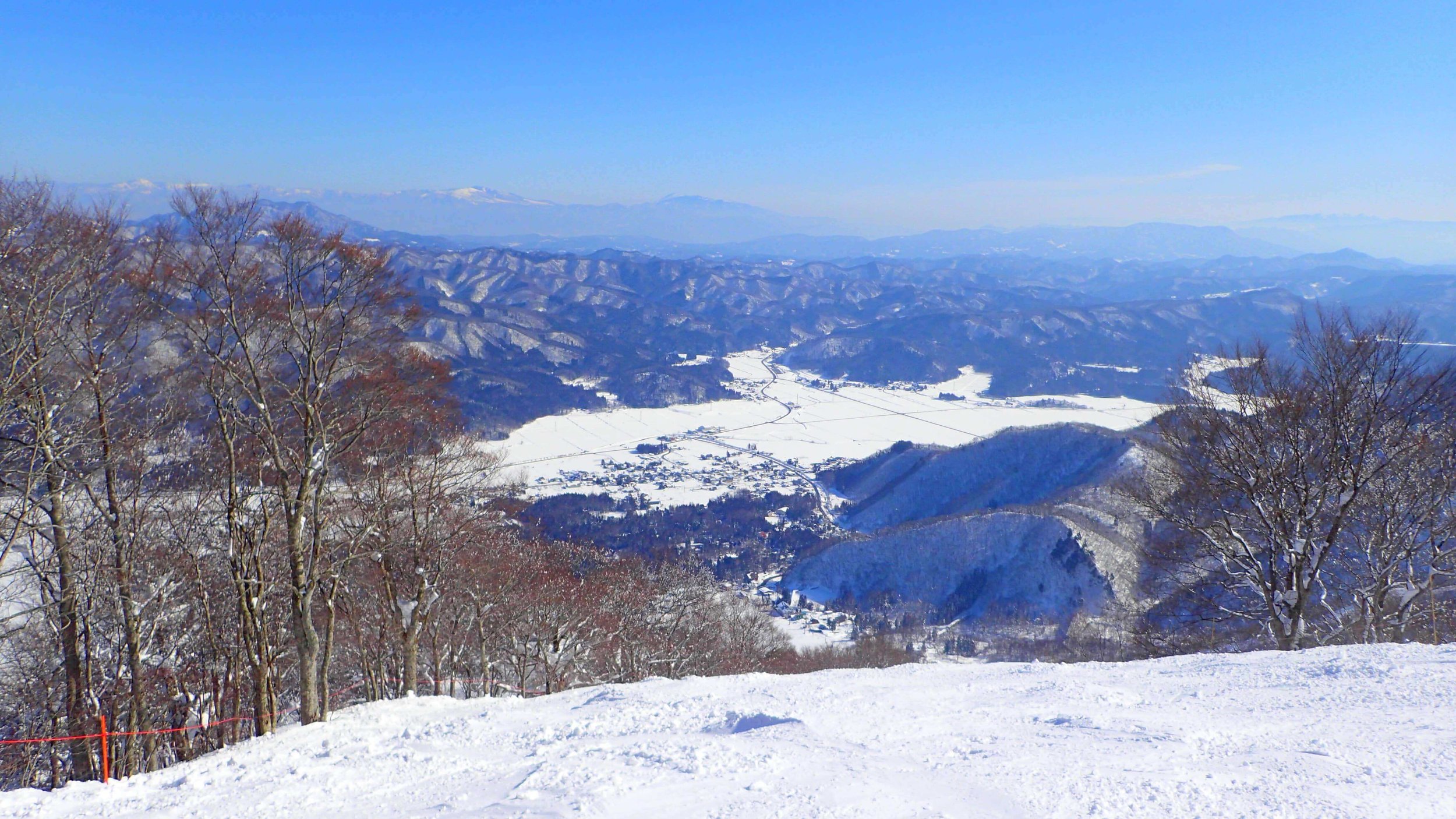
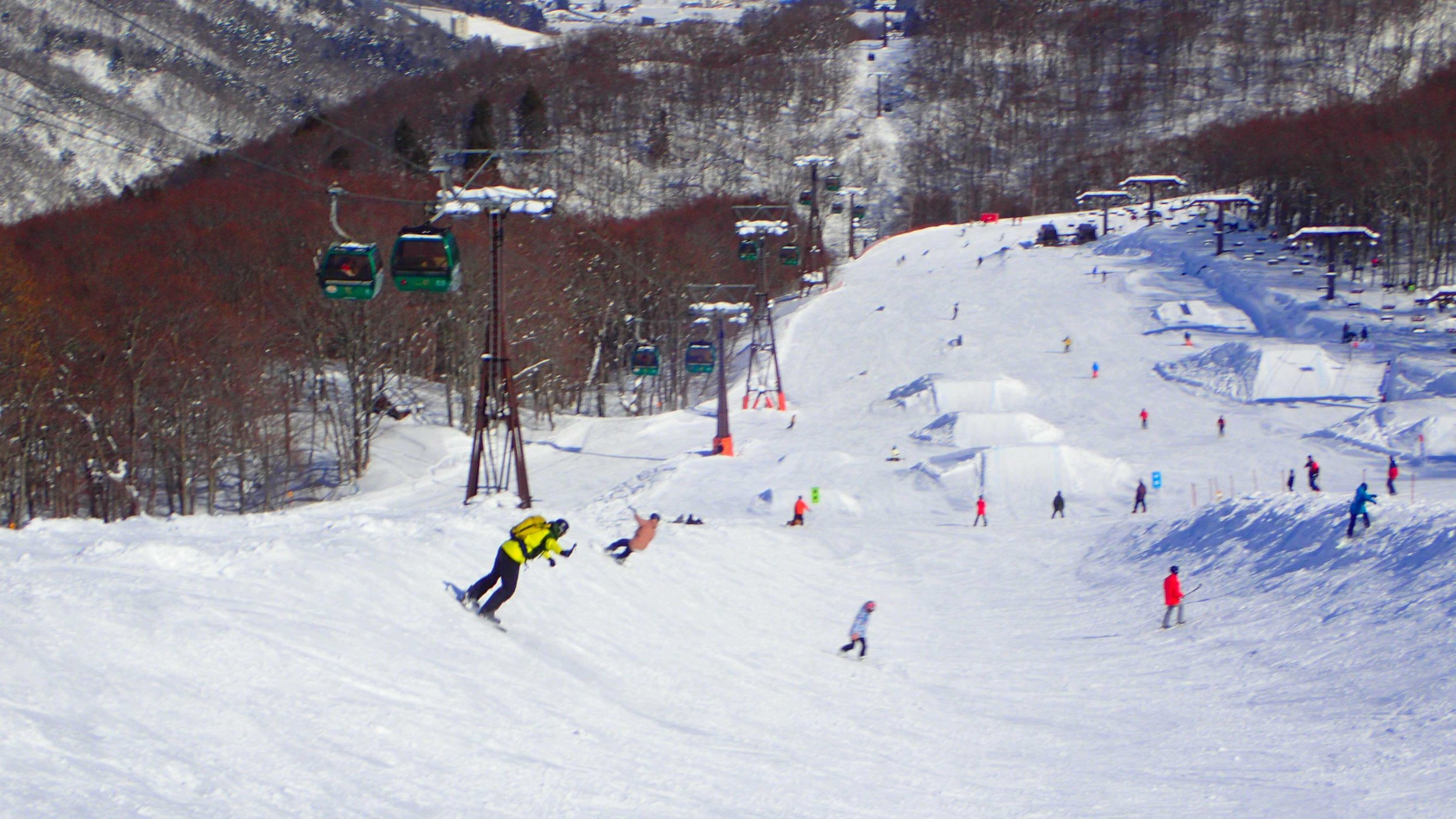
HAKUBA 47 SKI RESORT PROS
Hakuba 47 has some of the steeper runs in the Hakuba valley which is great for expert skiers and snowboarders
The link between Hakuba 47 and Hakuba Goryu opens up more terrain and this makes spending a couple of days at Hakuba 47 more interesting
The terrain park at Hakuba 47 was the best maintained out of the resorts I visited in Hakuba
Hakuba 47 is very accessible with regular shuttle buses running throughout the day.
HAKUBA 47 SKI RESORT CONS
With only 8 trails Hakuba 47 has a limited skiing area.
The terrain park can become crowded with long cues at the chairlift possible.
TRAVEL TO HAPPO ONE
Travel to Hakuba 47 in Hakuba Valley is most commonly accessed from Tokyo Airport via several convenient options. From either Narita or Haneda Airport, travelers can take the JR Hokuriku Shinkansen to Nagano Station, which takes about 1.5 to 2.5 hours depending on the service. From Nagano Station, a direct bus or taxi can bring you to Hakuba in roughly one hour. Alternatively, there are express airport limousine buses that travel directly from Tokyo airports to Hakuba, offering a comfortable and straightforward journey.
When arriving at Tokyo airports—Narita (NRT) or Haneda (HND)—you have convenient options to ship your luggage directly to your hotel, making travel through the city easier and more enjoyable.
Luggage Delivery Services:
Takuhaibin (宅配便)
This is Japan’s comprehensive door-to-door delivery service, widely used for shipping bags between airports, hotels, and other locations. Major providers include Yamato Transport (Kuroneko Yamato), Sagawa Express, and Japan Post.Where to find service desks: At both Narita and Haneda airports, look for dedicated Takuhaibin counters or kiosks near the baggage claim area or arrivals hall.
Costs: Typically range from 1,500 to 3,000 JPY per bag, depending on size and destination. Expect a fee on the higher end for same-day or next-day delivery.
Time: Delivery generally takes 1 to 2 days, but many Hakuba hotels receive luggage the next day if shipping early.
How to Ship:
Bring your luggage directly to the Takuhaibin counter at the airport.
Provide your hotel’s address, phone number, and your planned check-in date.
Fill out a simple form; staff often can assist in English.
Pay by cash or credit card.
You’ll receive a receipt with a tracking number.
Shipping to Hotels:
Most hotels in Tokyo are familiar with and accept Takuhaibin luggage deliveries for their guests. Always inform your hotel ahead of time with the expected delivery date and provide your name to avoid confusion. Some luxury hotels may charge a small handling fee, so check in advance.Timing and Planning:
Shipping luggage ahead means you can travel light on public transport or have more freedom to explore Tokyo immediately after arrival. However, avoid shipping your bags to hotels with insufficient lead time—send luggage early enough to ensure it arrives before or on your check-in day.
Using luggage forwarding services from Tokyo airports to your hotel significantly simplifies travel logistics, especially when carrying bulky ski or hiking gear. It lets you enjoy a hassle-free arrival and focus on your adventures in Japan.Once in the Hakuba Valley, local shuttle buses provide frequent and reliable service between the various resorts, including Happo One, allowing visitors to easily explore the area without needing their own vehicle. These shuttles connect key points daily, catering to skiers and hikers alike, making the valley highly accessible and convenient to navigate.
GETTING AROUND HAKUBA
Getting around Hakuba is straightforward with the extensive shuttle bus network that connects major ski resorts, hotels, and key points in the valley. These buses run frequently throughout the day, making it easy for visitors to access popular slopes such as Happo-One, Hakuba 47, and Goryu. Shuttle services are typically free or low-cost, often included with lift passes or available through accommodation packages. The system operates on a fixed schedule, so it’s important to check the latest timetables to plan your day efficiently. Using shuttle buses is a convenient way to avoid parking hassles and enjoy stress-free travel across Hakuba’s sprawling ski areas. Taxi’s are also available but are a more expensive option as the shuttle buses are included with your Hakuba Valley ski pass.
LIFT PASSES
Hakuba 47 is included on the same lift pass as Hakuba Goryu allowing you to ski both ski resorts on the same day. If you are buying your lift passes on the day, these are cheaper than purchasing the Hakuba Valley Pass. The Hakuba Valley pass however will provide you with greater flexibility should you wish to explore other ski resorts in the area. During my Hakuba stay I used the Hakuba Valley pass as this also includes all the available inter-resort shuttle buses.
HAKUBA VIDEOS
ACCOMMODATION AT HAKUBA 47
Accommodation at Hakuba 47 is easily accessible thanks to the free resort shuttles that link Hakuba 47 with other ski resort base areas, allowing visitors to stay in a variety of locations while maintaining convenient access to the slopes. For those who prefer to stay close to Hakuba 47, the best accommodation options are found near the nearby Hakuba Happo One ski resort, which offers a wide range of lodging to suit different preferences and budgets. You can choose from cozy guesthouses and budget-friendly hostels to mid-range hotels and luxurious ryokans. Notable options include the Hakuba Tokyu Hotel, praised for its convenient location and excellent facilities; the Lotte Arai Resort, which provides ski-in ski-out access and high-end amenities; and the Happo Lodge, a comfortable and affordable choice with a welcoming atmosphere. Additionally, travelers seeking more independence can opt for self-catering apartments and chalets, equipped with kitchens and living spaces. Whether your priority is slope proximity, comfort, or affordability, Hakuba's diverse accommodation options ensure a flexible and enjoyable ski holiday experience.
FINAL THOUGHTS ON HAKUBA 47
Hakuba 47 is a must-visit for me for any trip to the Hakuba Valley. The terrain park is one of the best in Hakuba and the ability to ski at both 47 and Goryu is a real bonus. Absolute beginners should avoid Hakuba 47 as there will be little of interest here.




